The second edition of this highly regarded autism assessment offers the convenience of a screener and the power of a diagnostic tool. Completed in just 15 to 20 minutes, the SRS-2 identifies social impairment associated with autism spectrum disorders (ASDs) and quantifies its severity. It’s sensitive enough to detect even subtle symptoms, yet specific enough to differentiate clinical groups, both within the autism spectrum and between ASD and other disorders. And, with an expanded age range, the SRS-2 can be used to monitor symptoms throughout the life span.
Assess Social Impairment in Natural Settings—and From More Than One Perspective
The SRS-2 offers four forms, each with 65 items, and each for a specific age group:
School-Age Form: For ages 4 through 18, completed by parent or teacher (composed of the same items that appeared on the original SRS)
Preschool Form: For ages 2½ to 4½, completed by parent or teacher
Adult Form: For ages 19 and up, completed by relative or friend
Adult Self-Report Form: Self-report option for ages 19 and up:
While some autism tests require trained professionals to code behaviors observed in clinical settings, the SRS-2 asks teachers, parents, and others to rate symptoms that they’ve noticed over time—at home, in the classroom, or elsewhere. Raters evaluate symptoms using a quantitative scale representing a range of severity.
This approach—multiple perspectives on behavior observed in natural settings and rated on a graduated response scale—uncovers a wide range of symptoms, including those that are relatively subtle. In fact, the SRS-2 often reveals aspects of social functioning that might be missed in a clinical context using a test with a “yes-or-no” response format. This is important because even mild social impairment can have an adverse effect on children and adults. Numerous independent studies demonstrate that the SRS-2 is unmatched in its ability to measure severity of social impairment in the mildest, and most common, forms of ASD—including Social Communication Disorder, a new diagnosis proposed for inclusion in DSM-5.
Use the SRS-2 Treatment Subscales to Guide Intervention
In addition to a Total score reflecting severity of social deficits in the autism spectrum, the SRS-2 generates scores for five Treatment subscales:
- Social Awareness
- Social Cognition
- Social Communication
- Social Motivation
- Restricted Interests and Repetitive Behavior
Although not used for screening or diagnosis, subscale scores are helpful in designing and evaluating treatment programs.
Similarly, the SRS-2 unlimited-use scoring program gives you a detailed report with useful descriptive information that can inform intervention.
Compare Symptoms to Proposed DSM-5 Criteria for ASD
In addition to the Treatment subscales described above, the SRS-2 offers two new DSM-5–compatible subscales:
- Social Communication and Interaction
- Restricted Interests and Repetitive Behavior
Scores on these subscales make it easy to compare your client’s symptoms to proposed DSM-5 diagnostic criteria for Autism Spectrum Disorder. Such comparisons clearly inform diagnosis—they help you determine whether the individual meets the most current diagnostic criteria for ASD.
Simplify Differential Diagnosis
The SRS-2 is supported by a multitude of independent, peer- reviewed studies conducted in schools and clinics throughout the world, involving diverse populations and diagnostic groups. These studies show that the SRS-2 discriminates both within the autism spectrum and between ASD and other disorders—which makes the test highly useful for differential diagnosis. When the SRS-2 reveals social deficits associated with autism, it tells you exactly where these symptoms fall on the spectrum. And when the test indicates that autism is not present, it often points to other conditions in which social impairment plays a role.
Rely on the SRS-2 in Educational, Clinical, and Research Settings
The brevity and sensitivity of the SRS-2 make it highly useful for a variety of assessment needs. Its quantitative nature and wide age range make it ideal for measuring response to intervention over time. And its reliance on the day-to-day observations of parents and teachers makes it easy to use in clinical, research, and educational settings. It is crucial in all of these settings to isolate autism spectrum disorders from other psychiatric conditions, and the SRS-2 is well suited to this purpose. It clearly distinguishes the social impairment characteristic of ASD from that seen in ADHD, anxiety, and other diagnoses.
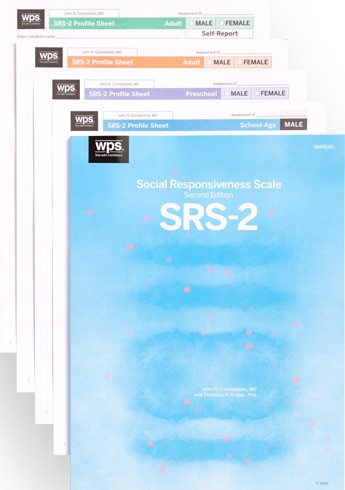
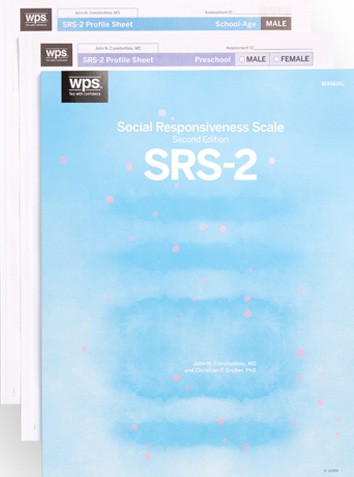
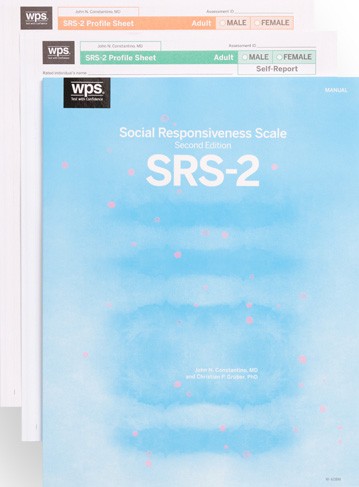
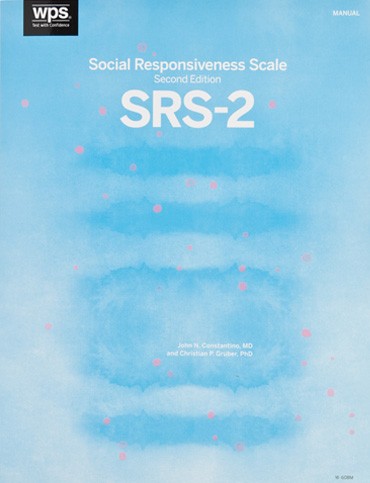
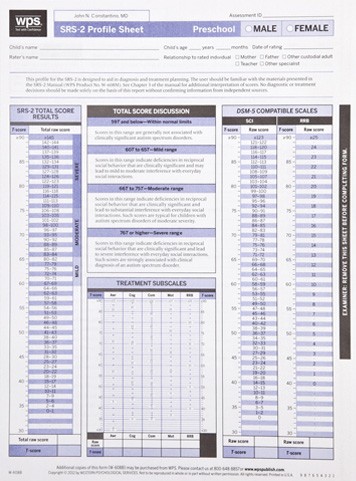
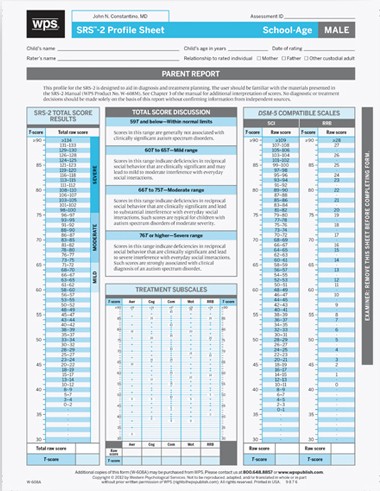
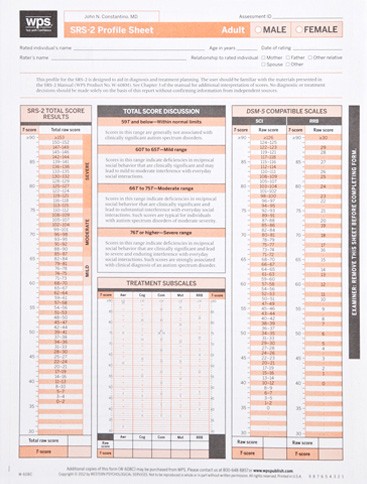
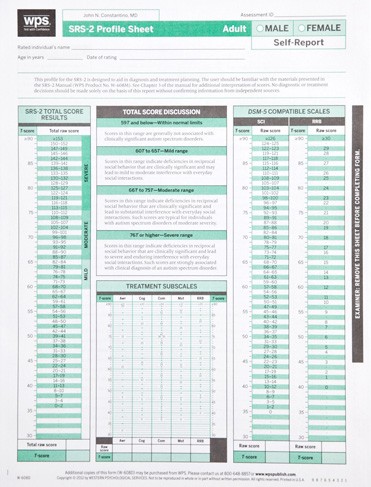

 Proud to be Canadian
Proud to be Canadian